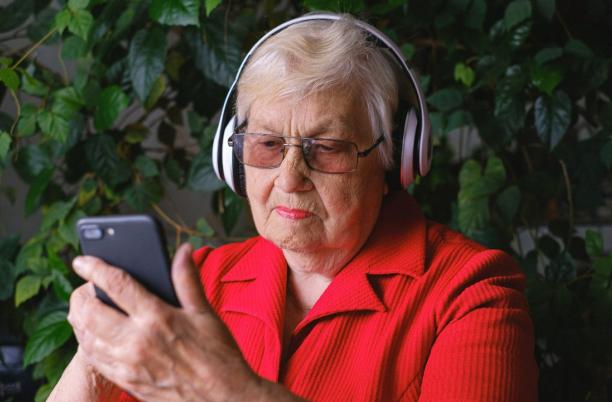
Breathe Well, Live Well

St Wilfrid’s Hospice developed an online breathlessness management tool with funding from St James’ Place Charitable Foundation. Find out how its reach and impact was much greater than anticipated.
Title
About this innovation example
Project and outcomes
Project overview
Around 12 million people in the UK have a long-standing respiratory condition. In 2016, lung disease was responsible for around 20% of all deaths in the UK and lung disease is a major factor in health inequalities [1]. In Coastal West Sussex, the Joint Health and Wellbeing Strategy for 2019-2024 identified a number of local areas where lung health is a priority.
St Wilfrid’s Hospice was successful in gaining funding from St James’ Place Charitable Foundation, through Hospice UK, for a project aiming to address this need. The hospice planned to extend and adapt their Breathlessness Management Programme for use in the wider community.
The team intended to deliver the Breathlessness Management Programme through a series of public health events in different locations across the local area. However, due to the COVID-19 pandemic, this was impossible. Instead, the programme was adapted for online delivery.
Outcomes
St Wilfrid’s expert clinicians created a toolkit made up of nine podcast episodes and 12 videos. “Breathe Well, Live Well” explains what it means to breathe well and shares a range of techniques that people can use safely at home.
The toolkit is published on the hospice website and YouTube, as well as being put onto CDs/DVDs which can be sent to patients who might struggle to access the online versions.
Although “Breathe Well, Live Well” was intended to support people living with long-term lung conditions, it soon became apparent that its value that was far beyond the original predictions. It has been used by people experiencing physical and mental health challenges (especially during the pandemic), hospice staff, corporate partners, care homes and other healthcare providers.

“I wasn’t coping - but I was making out that I was.
Having been taught how to handle breathlessness by the Living Well Service at St Wilfrid’s, well you are taught how to slow it down, step by step, and calm yourself.
This support has made it possible for me to enjoy time with my grandchildren. It’s like getting a bit of your life back!”
Patient
Facilitators, challenges and advice
Key facilitators
The hospice team were able to adapt quickly during the pandemic and change the model of delivery. This was vital in making sure people still received the care and support they needed.
An increasing number of people were participating in virtual activities during the pandemic, which meant that there was a willingness to engage with the online programme.
Challenges
Although the online delivery model has enabled the team to reach more people, the pandemic did mean that clinicians were not able to meet and examine patients in person. It was much harder to assess people’s physical health and signpost them to appropriate support. With the return of face-to-face working, the team is adopting a hybrid approach to overcome this problem.
Tips and advice
The time taken to prepare for filming and recording was far longer than anticipated so a key tip would be to ensure plenty of time is put aside for clinicians to film.
A good marketing and communications plan was essential for the success of this project.
Future development
St Wilfrid’s is developing more hybrid services, including seated Tai Chi, bereavement and grief support and a counselling programme. These will enable the hospice to reach a wider audience in a more sustainable way.
References
- British Heart Foundation. The Battle for Breath - the impact of lung disease in the UK [Internet]; 2016 [cited 2023 Jan 01].

St. James's Place Charitable Foundation
We would like to acknowledge the generous support provided by St. James's Place Charitable Foundation through the Hospice UK Grants programme, without which this project would not be possible.

